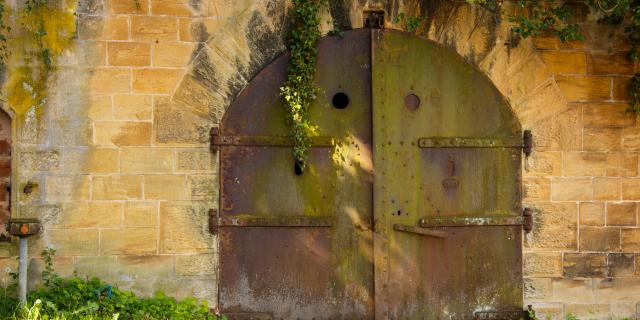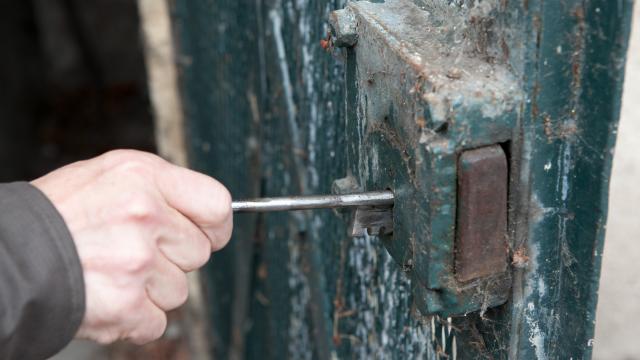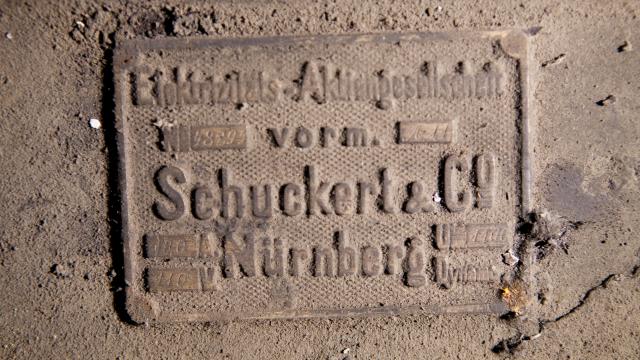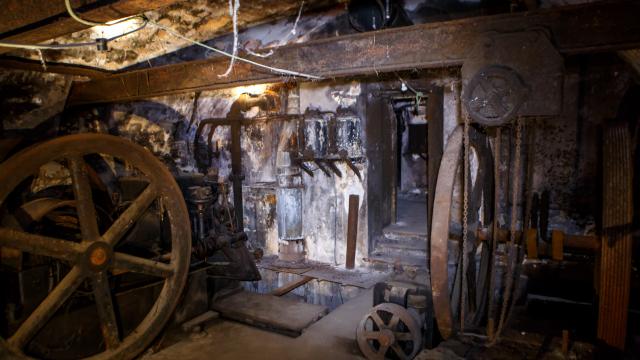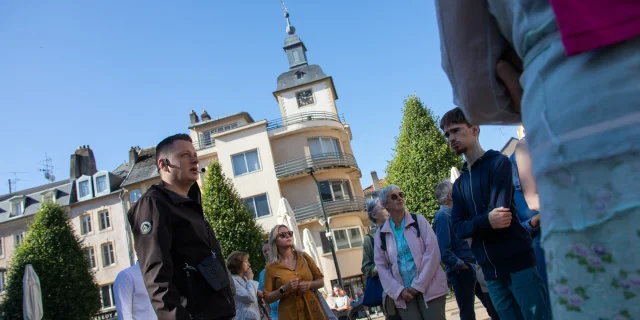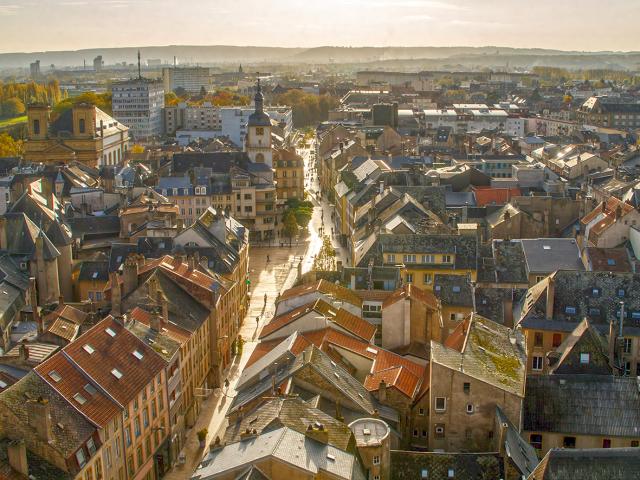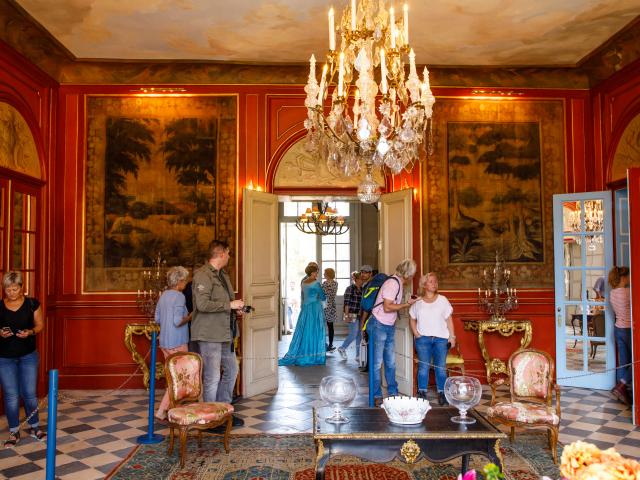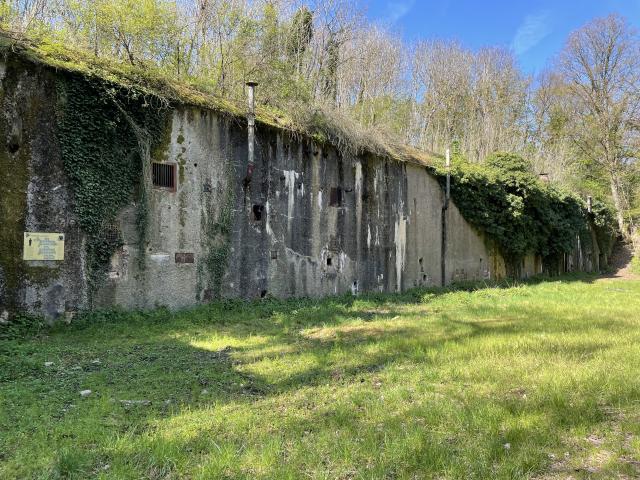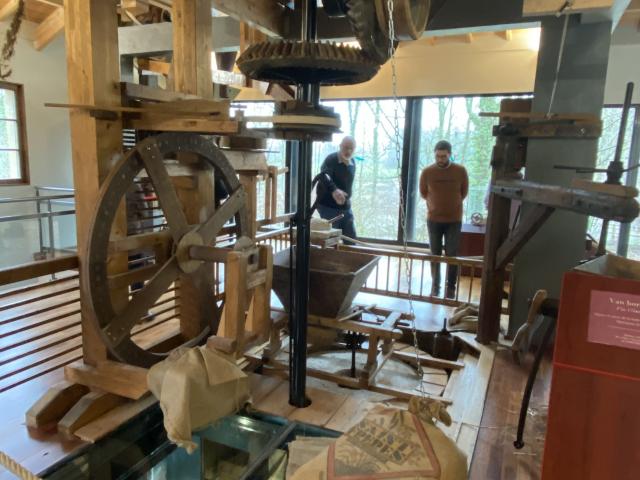From rue brûlée
to Parc Napoléon
Let’s start with the invisible. Take rue brûlée. This street in downtown Thionville has a rounded shape. Why is it so? Simply because it was built along the medieval ramparts and adopts their layout.
Next, head for the Parc Napoléon. Take a good look at the little tower in the middle of the wall. This wall is, above all, one of Thionville’s ramparts. The lady, a small tower now at human height, was there to prevent the enemy from passing over the wall. If you look closely, you’ll see that it takes up the entire width of the rampart. Attackers had no choice but to turn back or run into the lion’s den.
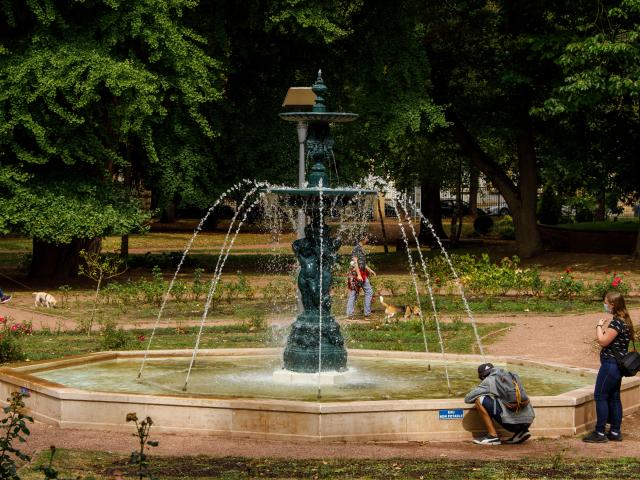 Parc Napoléon - Thionville
Parc Napoléon - Thionville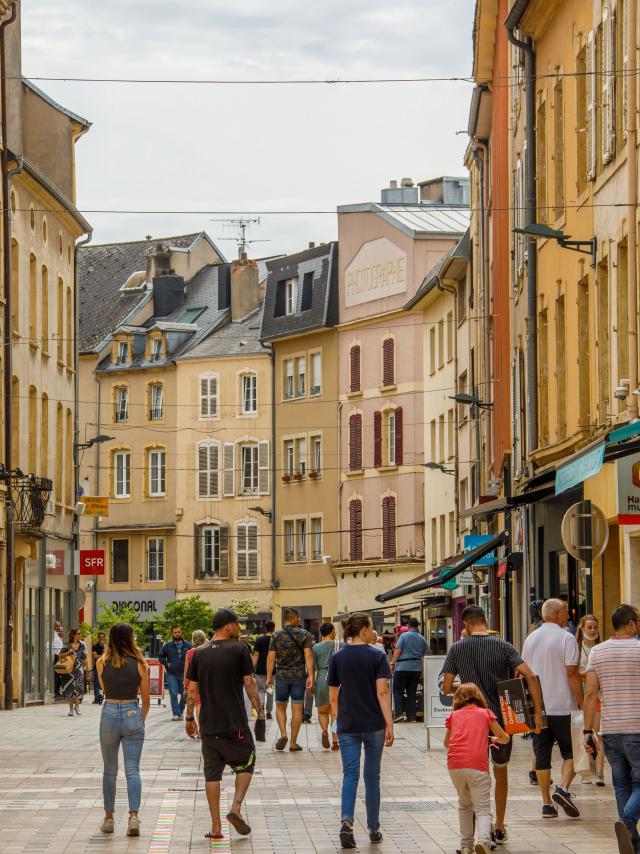 Rue brûlée - Thionville
Rue brûlée - Thionville